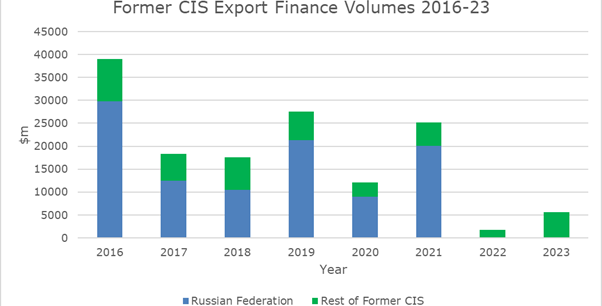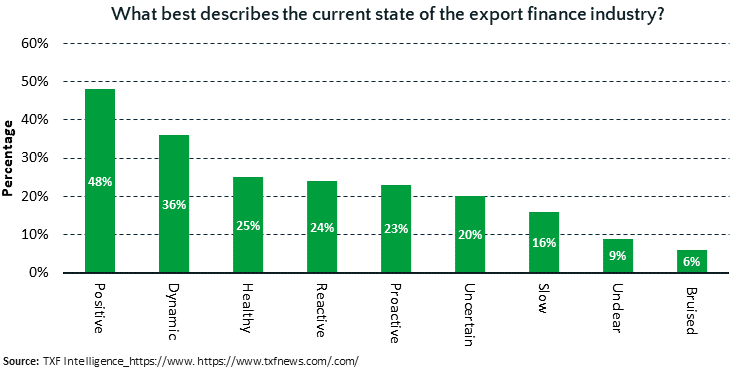Blended finance: Coming out of its shell
Blended finance techniques have been around for some time. But it is only recently that DFIs and the private sector have begun to give more urgency to the product in a bid to bridge the growing sustainable development funding gap in both developed and emerging markets.

Blended finance is not new – but it has only recently begun to take on more significance in DFI financings, particularly at the small and medium-term end of the financing spectrum. The technique is increasingly being offered as an option to advance the Sustainable Development Goals (estimated to have a gap of $2.5 trillion in annual funding), and for financing some of the infrastructure required in developing markets where only $2.7 trillion of a $3.7 trillion annual funding requirement is met.
The topic was popular with attendees at TXF’s recent Development & Agency Finance Conference. In addition to a blended finance panel comprising the IFC, Convergence (a platform to support blended finance), Savia Trade LLC (a fund planning to use blended finance techniques to raise trade financing for Africa), and Millennium Challenge Corporation ((MCC) an independent U.S. government foreign aid agency that works with governments and is developing enhanced blended finance strategies), the Blended Finance Task Force also issued a multipronged action plan at the event, which included contributions from IFC and Convergence.
The OECD definition for blended finance is the standard being used by most players in the market – blended finance is “the strategic use of development finance for the mobilization of additional finance towards sustainable development in developing countries”, with ‘additional finance’ referring primarily to commercial private sector finance. And development agencies are increasingly looking at blended finance as a key technique to catalyze private financing – a movement that seems to be at a tipping point, with broad commitment from multilaterals and DFIs, some landmark deals completed, and growing interest from aid and grant-making organizations.
“IFC has been a leader in developing the thinking on blended finance,” claimed Neil Gregory, IFC’s head of Thought Leadership. IFC figures and actions back up the claim – IFC invests about $10 billion a year on its own account and manages another $8 billion of debt and equity for co-financiers. But of this $18 billion total a year, only about 5% uses blending of concessional finance to take additional risks that IFC can't take on a commercial basis.
Over the period 2010-2016 IFC used about $500 million of concessional money to leverage $2 billion of IFC financing and $4.6 billion of co-financing. IFC now has a $2 billion concessional finance window from the World Bank IDA fund, which can be used to take additional risks in blended structures in low income and fragile/conflict states.
In a recent innovation, IFC raised $7 billion over the past two years from sovereign wealth funds and insurance companies for its MCPP (Managed Co-Lending Portfolio Program) platform. “IFC offers investors platforms where they can co-invest on a portfolio basis,” said Gregory. “Enabling institutional investors to get exposure to emerging markets with a strong ESG and impact dimension.”
To foster effective and efficient utilization of blended (concessional) finance in private sector projects, IFC has also been leading a working group of more than 20 DFIs that have adopted a single definition of blended concessional finance and agreed to implement a set of detailed principles in their blending operations.
IFC applies its own established ESG standards for blended finance and has a senior committee to approve the use, structure, and terms of donor-funded concessional finance used as part of the overall blended finance package to a client. Its targeted approach is designed to minimize ‘concessionality’ to avoid market distortion. IFC’s facilities depend on commercial or sovereign investors delegating authority to IFC for project origination, approvals, portfolio management, and monitoring.
Although blended finance is gaining momentum, the technique is still relatively rare given the scope of global infrastructure and development finance. For example, Joan Larrea, CEO of Convergence, noted that blended finance volume from Convergence’s database of nearly 300 transactions totaled just $50 billion in the 11 year period between 2005 and 2016.
Working with the Blended Finance Task Force, Convergence analyzed the needs of institutional investors and noted that further work is needed in five areas: (1) Communication and messaging using clear language and framing blended finance as a means to structuring opportunities. (2) Understanding policy and regulatory constraints and disincentives for investing in certain asset classes or regions. (3) Organizational mandate to focus on Sustainable Development Goals through (4) allocation of capital to alternative asset classes in developing countries. (5) Improving investment attractiveness based on an opportunity’s risk-adjusted return profile, structure, and co-investors.
Convergence has over 180 investors on its platform and is disseminating return and impact information and supporting players working on designing appropriate products and scaling successful solutions. The transparency and focus on blended finance transactions provided by Convergence will likely help investors understand the impact of the technique on risk and return.
Ultimately however, investors in developing markets will look to a sovereign’s policy framework in addition to transaction features. MCC has been working with governments since its inception in 2004 and considers aid most effective when it reinforces good governance, economic freedom and investments in people. Alex Dixon, a senior director, noted that MCC has recognized that its grant-making and advisory capacity can be leveraged with blended financing techniques to deliver significant development impact.
MCC financing supported expansion of the As-Samra wastewater treatment facility in Jordan, originally funded by USAID in 2008 that will meet water and wastewater needs to 2025. MCC funded $93 million of the $223 million cost of the As-Samra Wastewater Treatment Plant Expansion Project, along with $20 million from the Government of Jordan and $110 million from private debt and equity sources.
The project was financed on a build-operate-transfer (BOT) basis, a form of public-private partnership. As part of the As-Samra expansion, Jordan’s Ministry of Water and Irrigation (MWI) signed a 25 year concession with the Samra Wastewater Treatment Plant Company Limited (SPC), a private company whose investors include Morganti, an American affiliate of the Consolidated Contractors Group; Infilco Degremont; and Suez Environnement. A syndicate of nine local and international financial institutions arranged by Arab Bank provided a locally-denominated limited-recourse 20-year term loan. This example demonstrates the leveraging capacity of blended finance in projects.
But blended finance is not just a technique employed for long term investment in infrastructure projects. In a creative use of the technique for short- to medium-term financings, Savia Trade Asset Management has launched a trade finance fund for small and medium-sized agribusinesses in Africa targeting Africa’s $150 billion trade finance gap. Grant funding will support first loss delivering trade financing to African companies at competitive rates.





